|
Wondering how to get the most out of your fireplace or wood stove? Woodheat.org has some excellent tips on burning wood correctly to improve efficiency reduce air pollution. In these excellent articles you'll learn about how wood burns so you have a better understanding of how to make wood burning work best for you.
A Concise Guide to High Performance Woodburning How to Build and Maintain a Wood Fire
2 Comments
16" x 16" with custom base Custom All Season Control Cover ready for shipping (duct tape used to keep lid closed during transport) Natural Air Conditioning?
Problem: We have a two story open format log cabin. It has a wood burning stove on the first floor. This question is not about the stove! In the summer, when it is 90 degrees downstairs it is 110 upstairs. On a Scouting campout, one of the Scout leaders said what I needed was a flue in the roof to allow for natural air conditioning. Air would come in thru the downstairs windows and doors and go out the top. Your product, set on top of a raised frame that would make it think it was on a chimney top, looks like it would work perfectly. And we could control it from inside the cabin. Natural air conditioning has a nice ring to it. What do you think? Thanks in advance, Tim Solution: We were able to create an ASSC with a custom base for Tim's cabin roof that let the hot air escape and cool his cabin naturally. Great idea! from woodheat.org
Gulland 1992 Article by Ike Johnson , reprinted from Back Home Magazine.
There are several reasons for choosing wood heat over the few available alternatives. Not the least of these reasons is economy. In New England where I live, for instance, 11.4¢ per kilowatt electric rates can give your mortgage a run for its money if you're unfortunate enough to have electric heat. Wood burning boasts advantages other fuels can't mimic: an evenness, quietness, and aesthetic appeal truly unique to wood. There are many who relish the rituals of self sufficiency involved with getting in their own wood. That's not to say that more is necessarily better. No matter how much you admire the sight of a cut and split stack drying in the autumn air, you owe it to yourself to get by with as short a stack as is prudent for the winter in your locale. Here, then, are five strategies for milking the most Btu's out of every stick you burn. Cut Ahead and Burn Dry Green wood contains up to 50 percent of its weight in water. The first stage of combustion involves bringing this mass of water up to its vaporization point. The energy expended in doing this does not heat your home. And, while steam heat has its place, that place is definitely not in your woodstove. Worse yet, green wood gives off far more creosote than seasoned fuel, which further robs a stove and chimney of efficiency. On top of that, creosote produces the hazard of chimney fires, which have laid many a home to ash. Therefore, by cutting firewood a full year or more in advance, you theoretically could halve the amount of wood required to heat your home. Buying or cutting two years' worth of fuel may take some up front money and discipline, but it' s an investment that pays for itself quickly in dollars, effort, and safety Keep It Dry As obvious as it may seem, let me emphasize that wood cannot dry out beneath a mantle of snow, under a tight fitting tarp, nor pressed three inches into the mud and grass. Many businesses discard used pallets; these can serve as excellent platforms to get each and every precious stick up off the ground where it can dry. Keep stacks of wood separated so that air can flow easily through them. Avoid the temptation to pile row after row end to end, because the wood in the center will not have enough circulation to dry properly. If you have much choice as to where to place a stack, orient it with sun light and prevailing winds working to your advantage. Likewise, avoid if possible over hanging eaves, trees, and structures that can funnel rain onto your fuel. If the stack is against a wall, provide shelter from the dripping roof. Better still, build a woodshed. It would probably take less effort than chasing your windblown tarps after every gale. Here' s a money saving tip for those who do rely on tarps to protect their woodpile from the elements: use old ragged tarps to cover the newer ones and thus shield them from destructive ultraviolet light. Of course, the best strategy for those who enjoy plenty of room is to get all wood indoors before the rain and snow starts to fly. An attached garage or a basement not only spares the seasoned wood from the elements but spares you those midnight trips outdoors in your nightclothes and galoshes, all the time allowing your firewood to continue drying throughout the winter. Burn Efficiently Another great energy saving potential lies in upgrading your stove. While the initial outlay is high, you can be certain that the payback from increased efficiency will be seen within a reasonable time. As of 1994 the EPA has required that all woodstoves sold in this country meet emission control standards. The way most stove manufacturers have complied is through the use of catalytic converters, similar to those in a car. But unlike those in automobiles, catalytic converters in stoves make them run more efficiently, as well as discharge fewer pollutants into the atmosphere. A new woodstove with a catalytic converter is rated at nearly 76 percent efficiency. Other stove makers rely on "high tech"designs that are specially insulated and engineered to use airflow and secondary combustion to bring efficiency up and particulate emissions down. These burners typically are compact and not quite the performers that catalytic stoves are, but they're not as expensive, either. Compare the efficiency of the new models with your current stove and decide whether it's worth the expense of upgrading. If you're now using a home built variation of the barrel stove, for example, as much as 75 percent of your fuel could be going up and out of your chimney as dirt and heat. Another robber of fireplace efficiency is a clogging accumulation of ash. On the next warm day, let the fire burn out so you can remove those built up ashes. Also keep in mind that a small vigorous fire is more efficient than a large smoldering one, both in terms of heat output and creosote production. Keep the Heat In Naturally, a well insulated home requires less fuel than a poorly insulated one. There is much you can do to control this form of heat loss even after the home is built. You could hire an energy auditor with gadgets galore to come tell you where you are losing heat, or you can try the barefoot test: the next time a cold wind is blowing, take a stroll barefoot around the perimeter of your interior. Your tootsies can provide a valuable input on where heat is escaping.The remedies are beyond the scope of this particular article, but a local hardware store can counsel you on what can be done at what price. It may be as simple as stuffing loose insulation in your attic or as involved as replacing your windows with insulated casements. In any event, try to convert the anticipated cost into cords of wood over the lifespan of the improvement. If you're trying to talk yourself into a given project, factor in convenience and comfort. If not, leave it on a dollars and cents basis. Burn the Best Another way to get the most out of your wood is to be a snob; all trees are not created equal. Go for as good a grade of fuel as possible. Assuming 90 cubic feet of solid wood per cord (and remembering that an actual 128 cubic foot cord has lots of air space in it), dry hickory has 24.8 million Btu of energy compared to a tepid 13 .5 million for dry fir. A neighbor once observed that burning poplar in the "old days" usually resulted in pregnancy, referring, of course, to another popular method of keeping warm on a winter's night. Nonetheless, his point about poplar being a poor choice heatwise was valid: given the limited amount of time I had to spend on gathering and processing wood, and the limited amount of storage space, the "free" poplar I was splitting was no bargain. Ask various wood suppliers what kinds of wood they offer (see the heat comparison chart) and in what proportion. Insist on a standard unit of measurement. Face cords, ricks, racks, and tons are all in use, but for comparison use true 4' x 4' x 8' ( 128 cubic foot) cords. Determine what is meant by "seasoned." The dealer may mean a single season (i.e., one winter; not much drying time there) or a full year, which is a decent period for split wood to cure to its full potential. Also, consider the characteristics of the wood in regard to cutting and splitting. The same neighbor with his poplar observation claimed that a cord of elm would last half a lifetime. By then, he maintained, you'd have given up on ever getting it split. These recommendations are not speculative. In the nine winters we have spent in our home, we have pared down our wood usage from a whopping 6.5 cords to precisely 4. The mess stays down in the basement, and the house is much more comfortable than it was in the old days. The benefits are tangible and real . . . in dollars, comfort, trips to the chiropractor, and wear and tear on the saw. And best of all, our savings no longer leave the house via the chimney. "Fireplaces are inherently cleaner than stoves". - Paul Tiegs Almost every fireplace tested in accordance with the Washington State fireplace standard, designed to be "equivalent" to the EPA Phase II stove standard, passed. Some fireplaces, like Rumfords and Rosins, tested two or three times cleaner than the stove standard. (See Rumford Test Results.) So, why do so many people think fireplaces are dirty and inefficient? It all began nearly thirty years ago when the American Lung Association tried to get the EPA to regulate the air-tight European stoves that flooded the US market during the energy crisis of the late 1970's and early 1980's. Americans didn't know how to use the stoves and allowed them to smolder as they bragged to their friends how long they could bank a fire. The Lung Association eventually had to sue the EPA which did not want to get into regulating on a retail basis. It was easier to regulate industry than to dictate what people could do in their own homes. The suit brought against EPA resulted in a very narrowly drawn "smoldering stove" standard. Fireplaces, masonry heaters and other "inherently" clean-burning appliances were exempted. See details) The American stove industry and their association, the Hearth, Patio & Barbecue Association, grew up developing stoves that would pass the EPA emissions standards - and, while they were at it, keep the European stoves out of the US market and buy up or put out of business all the small US stove manufacturers. After thirty years of testing and marketing American stoves, is it any wonder that most of the scientists who do the testing and most of the people who write the articles and research papers work for or are paid by the stove manufactures? Not that they were not objective, especially the scientists running certified independent test labs, but they all had an interest in showing how clean the new and improved American stoves were compared with the bad old stoves and fireplaces. ( For example see Skip Hayden's anti fireplace article.) People who liked and understood fireplaces were not the ones testing fireplaces. Rather it was people who had an interest in showing how bad fireplaces were and how good stoves were who tested fireplaces. How could that be? Does General Motors hire Ford to do marketing? Why didn't the masonry industry take an interest? Suffice it to say fireplaces were "exempt" and the masonry industry, organized like a farmers cooperative, wasn't focused. Who should take responsibility for masonry fireplaces? Masons? Brick and block manufacturers? Flue liner or firebrick manufacturers? Independent dealers who sell the materials? Well none of us took responsibility. We were all out to lunch. We just watched masonry fireplaces denigrated and our markets slip away. Some fireplaces, like Rumfords and Rosins, have tested as clean or cleaner than EPA certified stoves. With more testing, fair standards and more time, we will find even more improvement. What we need are clear objective performance standards and rules that allow fireplaces that meet the same performance standards that the stoves that are allowed meet. We are now working on an ASTM national consensus fireplace emissions standard that EPA will recognize. For much more information about fireplace testing and the politics of fireplace certification, see Rumford's article on Emissions.
Here is the letter we received from Mr. Jacobs: DW, Outside Dimensions - (long side) 36 1/2" Inside Dimensions - (long side) 29 3/8" Outside Dimensions - (short side) 32" Inside Dimensions - (short side) 25 3/8" I have included a few more pictures. One is a shot looking down the chimney. You can see the split which I hear is called a "Y" design. There are 3 fireplaces, 2 on one side and one on the other. However, there is a belief that there is a 4th one that was covered up years ago which would explain why there is a "Y" design. These 300 year old houses have a lot of mystery. Regards, Jeff Jacobs Using his photos and drawings, we were able to create a split lid cover with a ring built in to support the stove pipe. Here is what the finished product looks like: This 300 year old house will be now able to keep those chilly winter drafts from blowing through the fireplaces.
Does your home have a unique chimney? Let us design the perfect solution for you. The Question: What Features Would a Green Fireplace Have?
1) Clean-burning 2) Energy Efficient 3) Integrated Ventilation 4) Durability 5) Thermal Mass 6) Radiant Heat 7) Renewable Fuel Current Green Fireplace Rules There is very little in the Green literature on fireplaces - most of it negative. There seems to be some underlying assumption that fireplaces are dirty and inefficient and, if we must indulge the irrationality of those who love fireplaces, at least we can try to isolate the fireplaces and keep them from interferring with the rest of the modern features in a green house. Some would say the concept of a "green fireplace" is oxymoronic. The emerging National Green Building Standard mostly views fireplaces negatively, requiring new masonry fireplaces to "have gasketed doors, outside combustion air, and a chimney top damper" and awarding up to 7 points for removing fireplaces altogether in renovations.* LEED has some comments about fireplaces under "combustion venting" in the LEED for Homes program. They seem to be mostly concerned about smoking fireplaces and indoor air quality. LEED also recently added a preferred "install no fireplace" option. Googling "green fireplaces" gets a lot of ads about gas and electric fireplaces and some dire predictions about outlawing all wood-burning. In an article about "green stoves" in Hearth Marketing James E. Houck and David R. Broderick interview EPA regulators. Every one seemed to say it was "too early to tell" but went on to advocate the cleanest and most efficient stoves and urged the manufacturers of other wood-burning appliances (but didn't mention fireplaces) to contact EPA about the EPA's "Green Label program". Future of Green Fireplace Rules In a positive note, fireplaces are still permitted according to LEED and National Green Building Standard guidelines, but it may be a struggle to get any "points" for including a fireplace. "Green fireplaces" will have to be clean-burning and efficient. They also may have to be provided with combustion/ventilation air and sealed off with tight-fitting doors and dampers. The fireplace doors, of course, would block most of the radiant heat but the tight-fitting dampers andcombustion/ventilation air sound good if accomplished in conjunction with the LEED recommended whole house perspective on ventilation. With a passing familiarity with the LEED program and our masonry industry efforts to emphasize our strengths, I would add durability and thermal mass. Locating the chimney mass inside the exterior walls of the house and exposing the masonry chimney walls to take advantage of all that thermal mass could be worth points. By knowing how fireplaces heat I would add the advantages of radiant heat and the use of wood as a renewable fuel. All material on Green Fireplaces is by permission of Jim Buckley and the Buckley Rumford Company Chimney Fires As you snuggle in front of a cozy fire or bask in the warmth of your wood stove, the last thing you are likely to be thinking about is the condition of your chimney. However, if you don't give some thought to it before you light those winter fires, your enjoyment may be very short-lived. Why? Dirty chimneys can cause chimney fires, which damage structures, destroy homes and injure or kill people. Chimney fires can burn explosively - noisy and dramatic enough to be detected by neighbors or passersby. Flames or dense smoke may shoot from the top of the chimney. Homeowners report being startled by a low rumbling sound that reminds them of a freight train or a low flying air plane. However, those are only the chimney fires you know about. Slow-burning chimney fires don't get enough air or have enough fuel to be as dramatic or visible. But, the temperatures they reach are very high and can cause as much damage to the chimney structure - and nearby combustible parts of the house - as a fast, explosive fire. With proper chimney system care, chimney fires are entirely preventable. Creosote & chimney fires: what you must know: Fireplaces and wood stoves are designed to safely contain wood-fueled fires, while providing heat for a home. The chimneys that serve them have the job of expelling the by-products of combustion - the substances given off when wood burns. As these substances exit the fireplace or wood stove, and flow up into the relatively cooler chimney, condensation occurs. The resulting residue that sticks to the inner walls of the chimney is called creosote. Creosote is black or brown in appearance. It can be crusty and flaky ... tar-like, drippy and sticky ... or shiny and hardened. Often, all forms will occur in one chimney system. Whatever form it takes, creosote is highly combustible. If it builds up in sufficient quantities - and catches fire inside the chimney flue- the result will be a chimney fire. Although any amount of creosote can burn, sweeps are concerned when creosote builds up in sufficient quantities to sustain a long, hot, destructive chimney fire. Certain conditions encourage the buildup of creosote, restricted air supply, unseasoned wood and cooler-than-normal chimney temperatures are all factors that can accelerate the buildup of creosote on chimney flue walls. Air supply: The air supply on fireplaces may be restricted by closed glass doors or by failure to open the damper wide enough to move heated smoke up the chimney rapidly (the longer the smoke's "residence time" in the flue, the more likely is it that creosote will form). A wood stove's air supply can be limited by closing down the stove damper or air inlets too soon and too much, and by improperly using the stovepipe damper to restrict air movement. Burning unseasoned firewood: Because so much energy is used initially just to drive off the water trapped in the cells of the logs - burning green wood keeps the resulting smoke cooler, as it moves through the system, than if dried, seasoned wood is used. Cool flue temperatures: In the case of wood stoves, fully-packed loads of wood (that give large cool fires and eight or 10 hour burn times) contribute to creosote buildup. Condensation of the unburned by-products of combustion also occurs more rapidly in an exterior chimney, for example, than in a chimney that runs through the center of a house and exposes only the upper reaches of the flue to the elements. How to keep the fire you want from starting one you don't! Chimney fires don't have to happen. Here are some ways to avoid them:
Proper Maintenance Clean chimneys don't catch fire. Make sure a CSIA Certified Chimney Sweep inspects your solid fuel venting system annually, and cleans and repairs it whenever needed. Your sweep may have other maintenance recommendations depending on how you use your fireplace or stove. CSIA recommends that you call on certified chimney sweeps, since they are regularly tested on their understanding of the complexities of chimney and venting systems. Signs you've had a chimney fire and what to do if you have one: Since chimney fires can occur without anyone being aware of them ... and since damage from such fires can endanger a home and its occupants, how do you tell if you've experienced a chimney fire? Here are the signs a professional chimney sweep looks for:
What to do if you have a chimney fire: If you realize a chimney fire is occurring, follow these steps:
Chimney fire articles provided by the Chimney Safety Institute of America. We are proud to announce that the All Season Control Cover has been nominated 3 times for the
Energy Innovator of the Year Award for 2014. Here's what others are saying about the All Season Control Cover:
Problems:
Solution: Here is the custom All Season Control Cover just coming out of the shop and ready to ship. It was specified by the client as a stainless steel mounting base to bridge the flue opening, and a stainless split lid with dual controls.
The split lid and dual controls not only solve the limited clearance issue, but also give the home owner the ability to adapt to various wind conditions as well. |
See Our WorkAn All Season Control Cover in action speaks for itself. See how our product solves many types of chimney and fireplace issues. Archives
September 2015
Categories
All
|

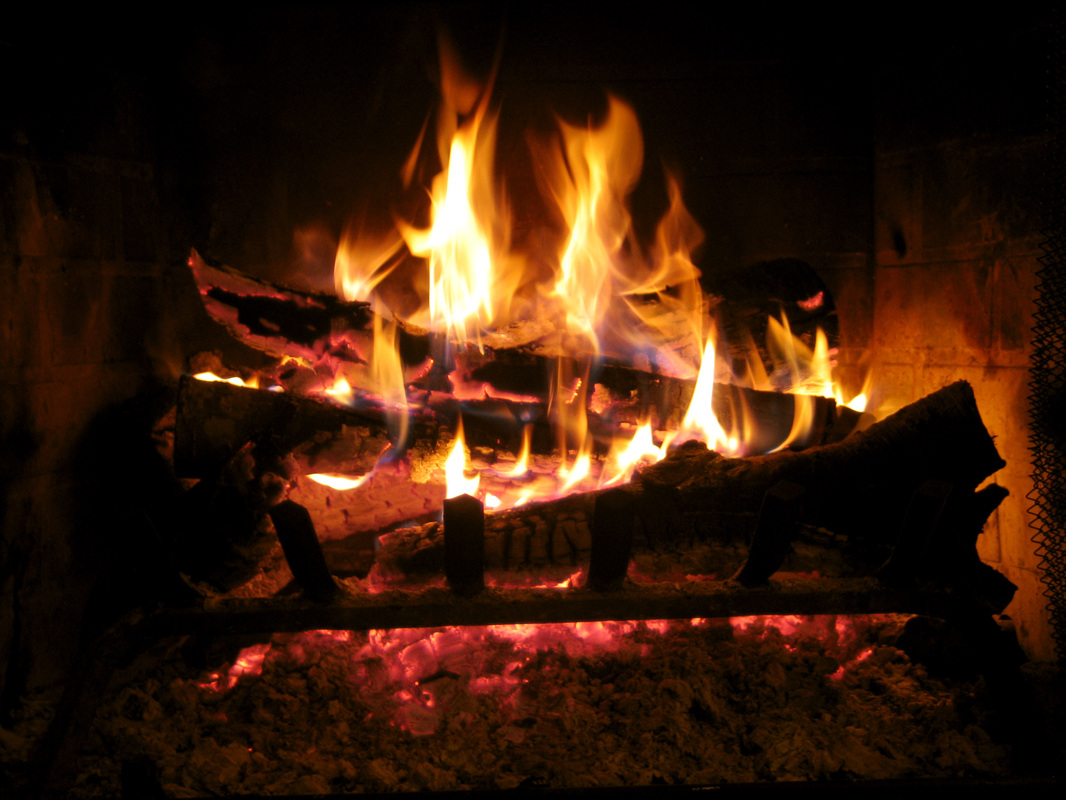

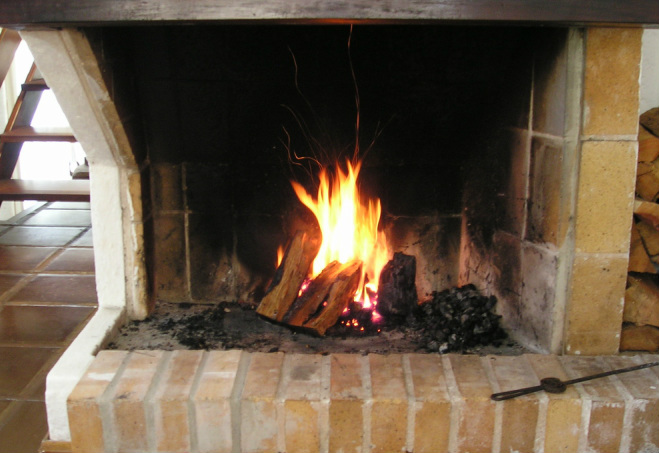

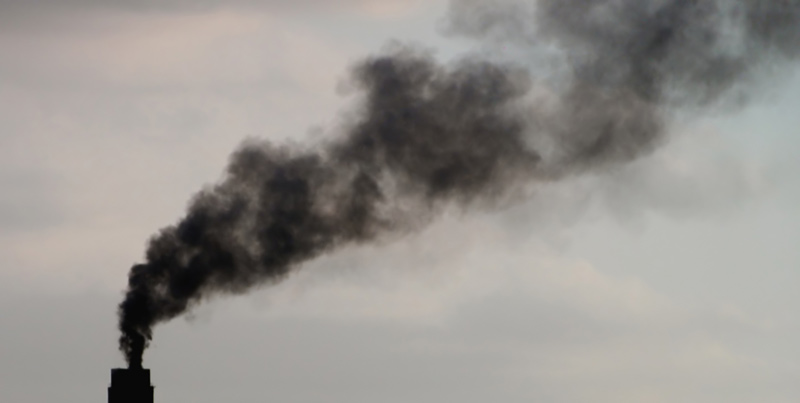
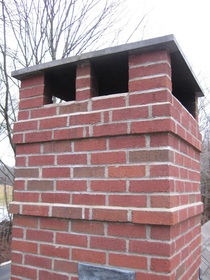
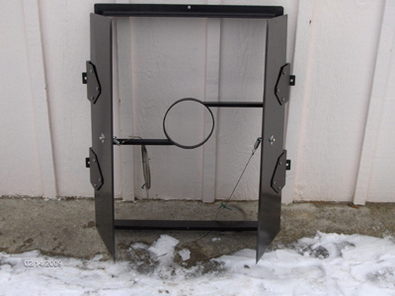
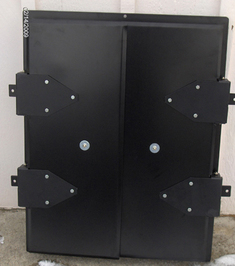
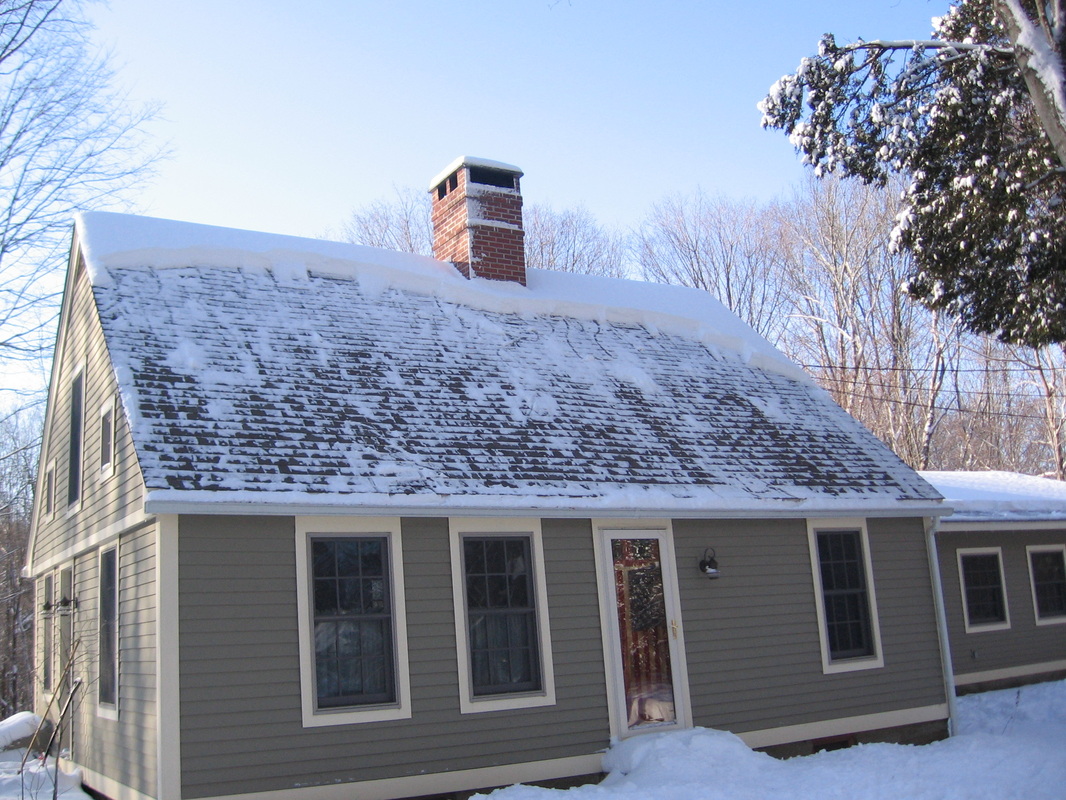
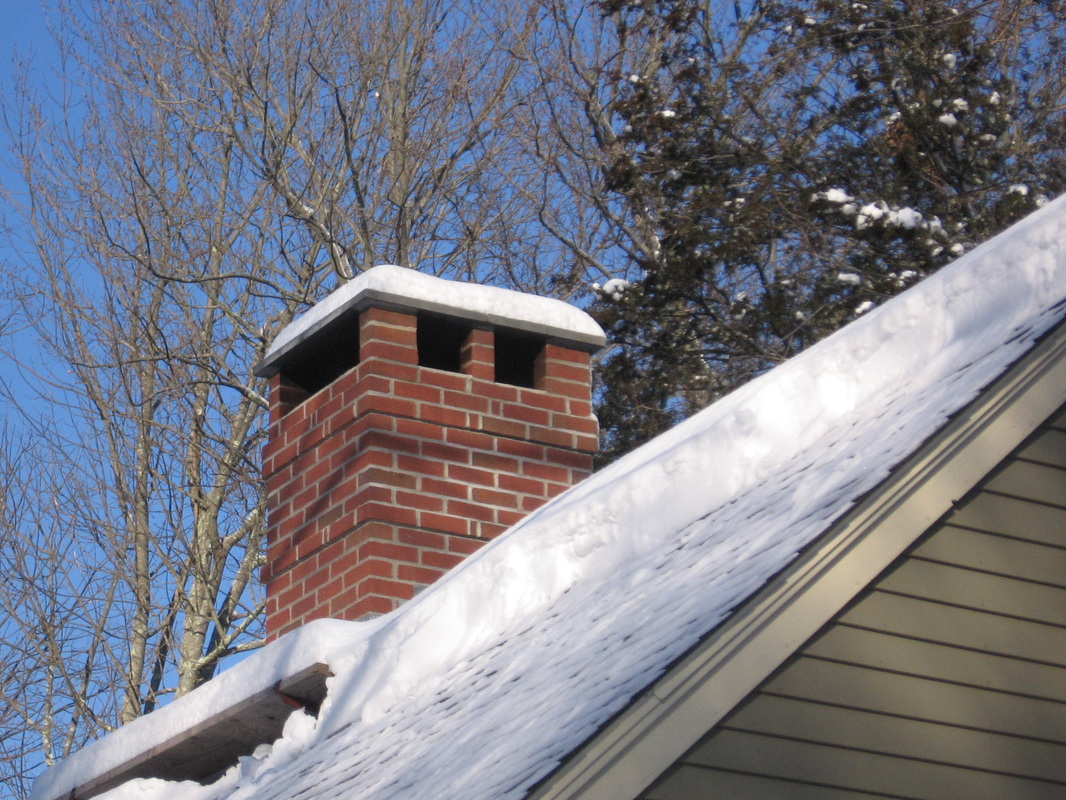
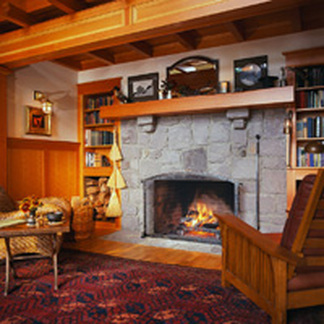
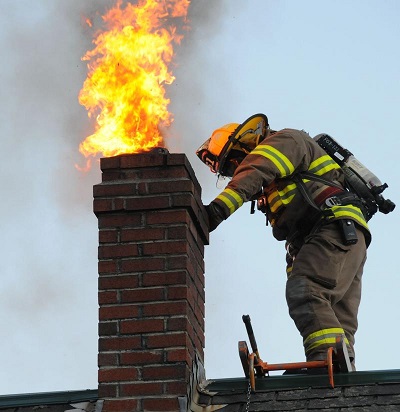
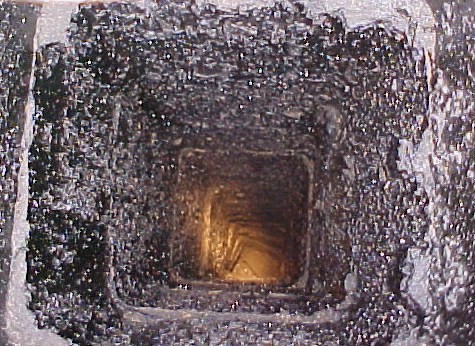
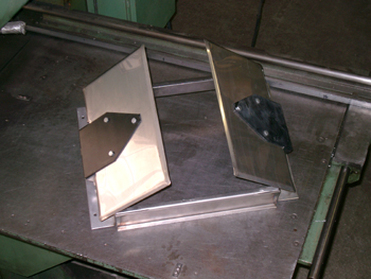
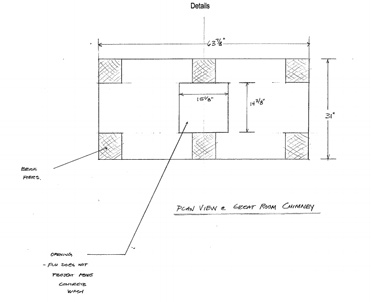
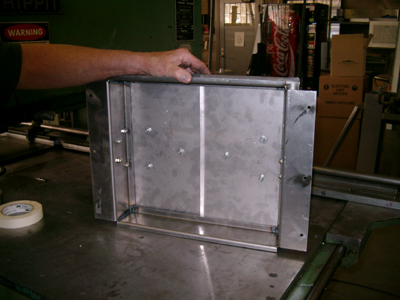
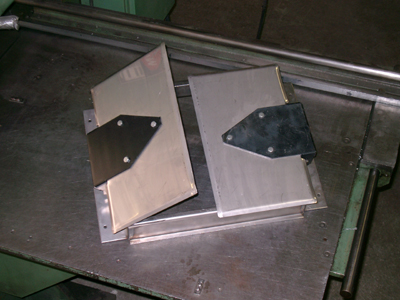
 RSS Feed
RSS Feed
